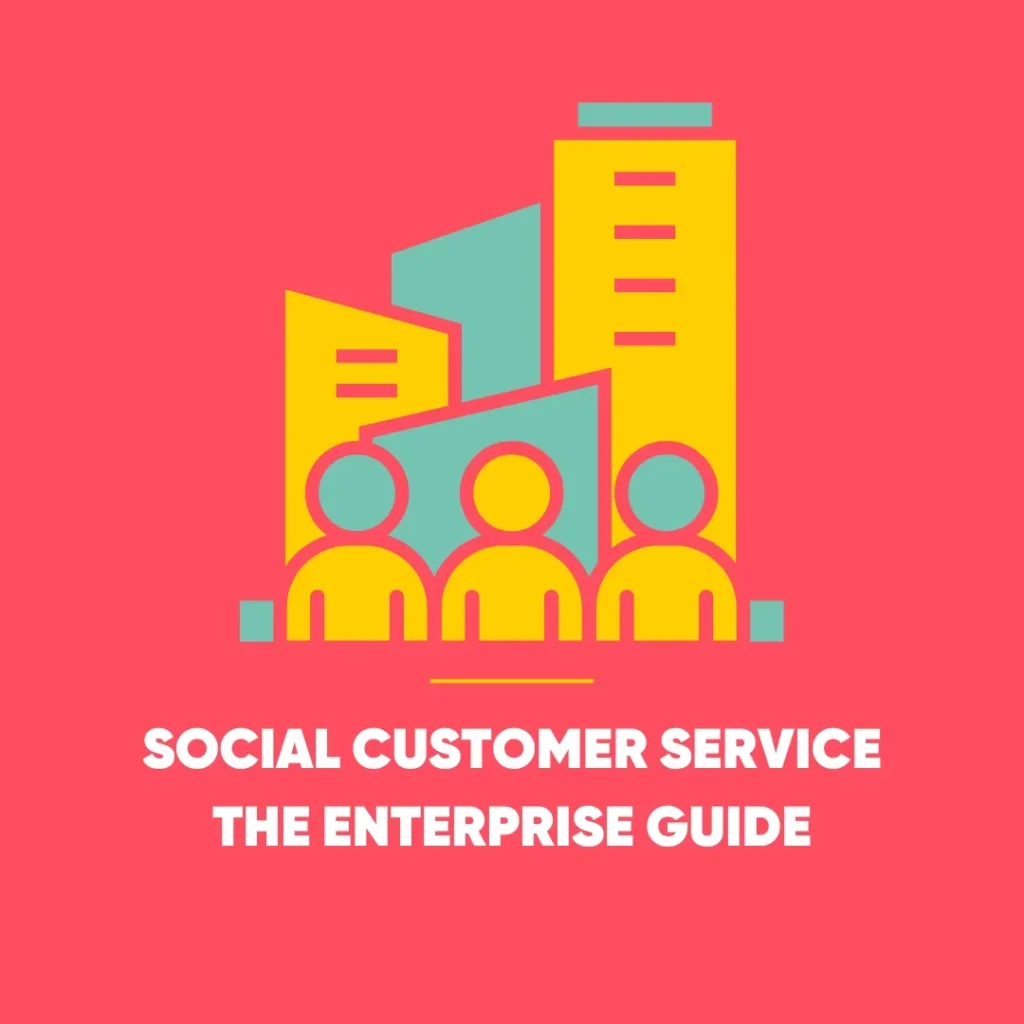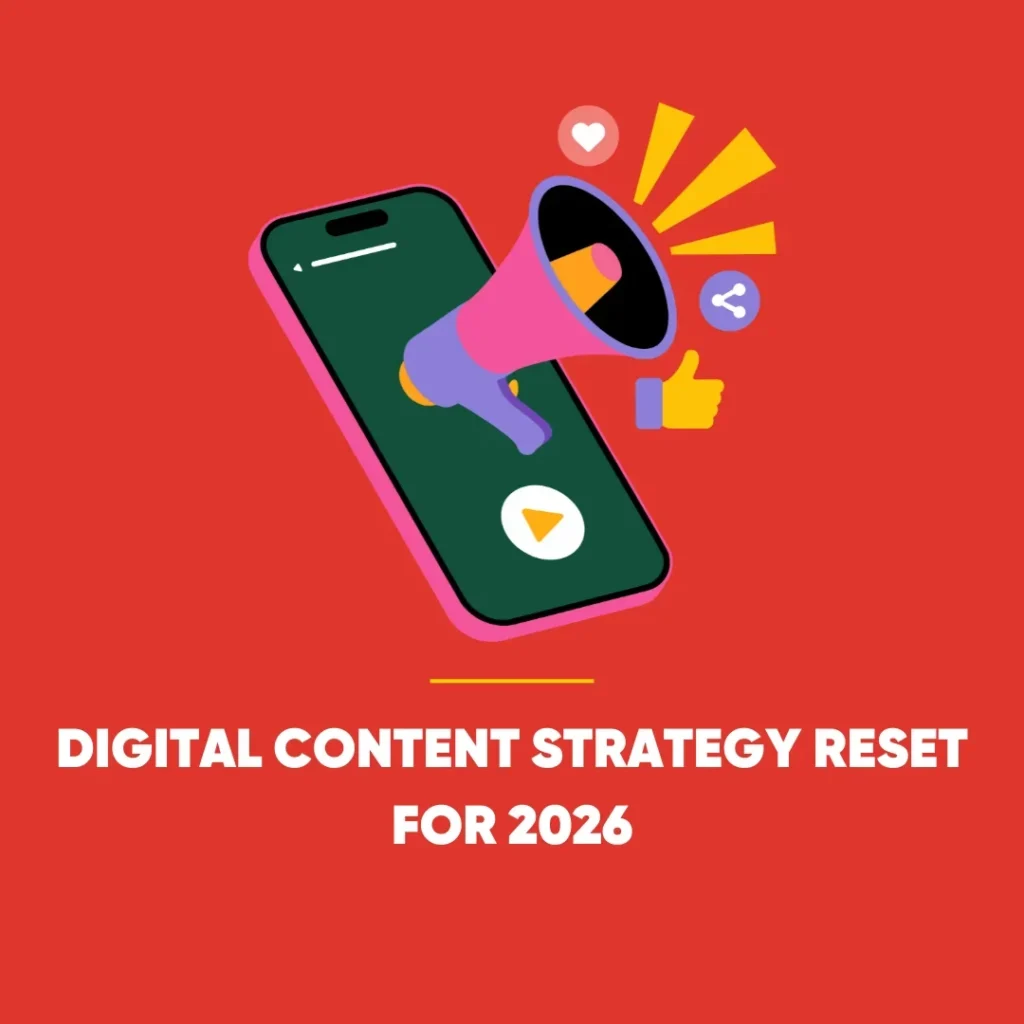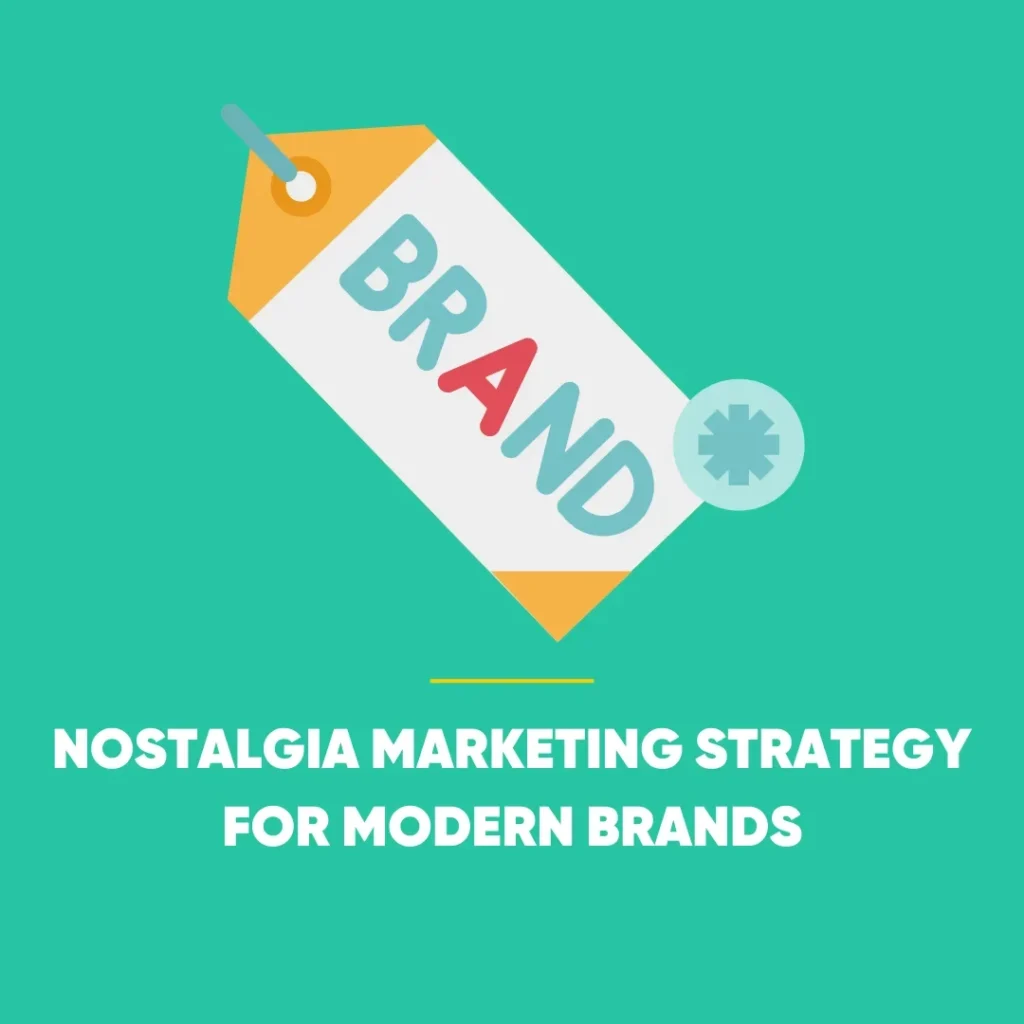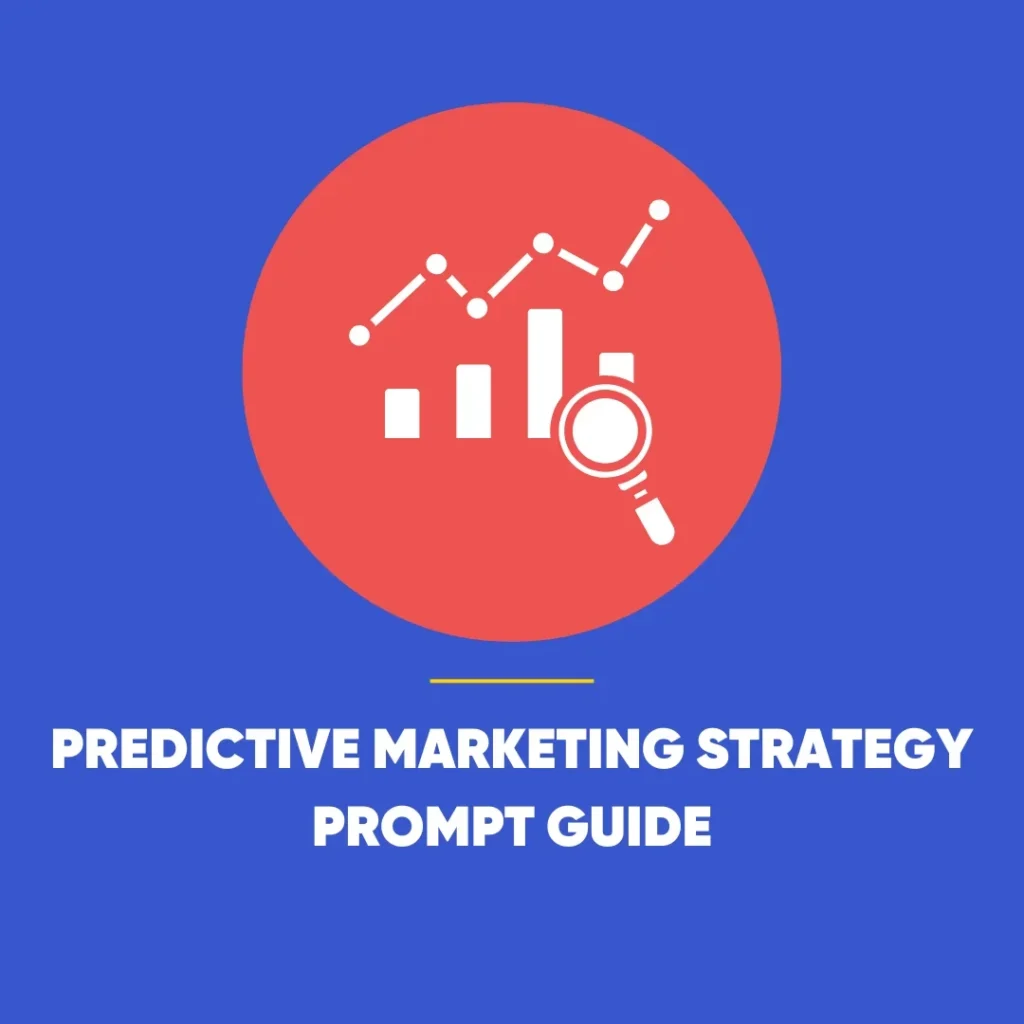Marketing Tactics Comparison: Brand Marketing vs Performance Marketing
Explore the dynamic world of marketing in this marketing tactics comparison and discover how to harness both brand and performance strategies!
In today’s ever-evolving marketing landscape, businesses have a multitude of ways to engage with their audiences. Yet, two primary strategies stand out: brand marketing and performance marketing. Each brings distinct advantages to the table, and mastering both could be your key to outshining competitors and achieving remarkable growth.
Ready to delve into these marketing powerhouses? Let’s get started!
Marketing Tactics Comparison: Understanding Brand Marketing
What is Brand Marketing?
Brand marketing focuses on crafting a strong and favourable image of your brand in the minds of consumers. It transcends merely selling products; it involves telling a compelling story, creating memorable experiences, and maintaining a consistent brand identity across various channels.
As Adobe succinctly puts it, “Brand marketing is akin to giving your business a personality and ensuring it’s one that everyone wants to befriend.”
Goals of Brand Marketing
The core objectives of brand marketing include boosting brand visibility, fostering customer loyalty, and developing a brand personality that resonates with your target market. All in all, by achieving these goals, you can forge deeper connections with your audience, resulting in long-term relationships and repeat business.
Short-Term Advantages
In the short term, brand marketing enhances visibility and attracts new customers through engaging storytelling and consistent messaging. For instance, a compelling brand narrative can help distinguish your brand in a crowded market. A 2019 Edelman Trust Barometer Special Report highlights that “about 80% of consumers need to trust a brand before considering a purchase,” emphasising the importance of building a strong brand to attract new customers.
Long-Term Advantages
In a marketing tactics comparison, brand marketing over time cultivates customer loyalty, ensuring a steady flow of repeat business. According to the same report, “consumers are more than twice as likely to make a purchase, stay loyal, and advocate for brands they trust.” Moreover, strong brands can command premium prices and endure market competition more effectively—think of Apple’s dominance with its iPhone and iPad models.
Performance Marketing Explained
What is Performance Marketing?
Performance marketing operates on a pay-for-results basis. Unlike traditional advertising, where costs are incurred upfront regardless of the campaign’s success, performance marketing ensures that you only pay for measurable actions taken by consumers. This approach provides clear, quantifiable outcomes, making your budget more efficient.
Key actions measured in performance marketing include clicks, sales, leads, downloads, or other specific metrics aligned with your goals.
Key Metrics of Performance Marketing
Performance marketing relies on several key performance indicators (KPIs) to gauge effectiveness:
- Cost-Per-Click (CPC): Advertisers pay for each click on their ads. This model is prevalent in search engine and social media advertising, aiming to drive traffic to websites or landing pages.
- Cost-Per-Acquisition (CPA): Payment is made when a specific action, such as a sale or lead, is achieved. This model is often used in affiliate marketing, where partners are compensated only when their promotional efforts result in a conversion.
- Cost-Per-Lead (CPL): Advertisers pay for each lead generated, such as a form submission or email signup. This model is particularly useful for businesses that rely on a constant influx of potential customers.
- Return on Ad Spend (ROAS): This metric measures the revenue generated for every pound spent on advertising. It helps advertisers assess the profitability and effectiveness of their campaigns.
- Conversion Rate Optimisation (CRO): CRO focuses on increasing the percentage of visitors who complete a desired action on a website, enhancing the efficiency of performance marketing efforts.
Mastering these components will optimise your marketing spend and deliver impactful results.
Finding the Right Balance: Brand vs. Performance Marketing
Choosing between brand marketing and performance marketing is a key decision in any marketing tactics comparison. Ultimately, the decision hinges on your company’s specific goals. Brand marketing serves as the heavyweight champion, building enduring customer loyalty and solidifying your brand’s presence, while performance marketing is the agile contender, delivering immediate and impactful results.
Successful businesses often blend both strategies, recognising that the ultimate victory comes from having a versatile approach. Brand marketing lays the groundwork for a trusted and recognisable brand, while performance marketing drives short-term actions that lead to conversions. Combining these strategies can foster sustainable growth and profitability. Why settle for one when you can leverage both for maximum impact?
The Role of Influencer Marketing
Let’s not forget influencer marketing, a potent strategy that can enhance both brand and performance marketing efforts. Influencer marketing involves collaborating with individuals who have substantial or niche followings to promote your brand, products, or services. These influencers range from celebrities with massive audiences to micro-influencers with smaller but highly engaged followings.
How to Utilise Influencer Marketing
-
Identify Suitable Influencers
Start by finding influencers who align with your brand values and appeal to your target audience. Use influencer databases, social media platforms, or manual searches to identify potential partners. For example, a Korean food brand, Bibigo, collaborated with a range of influencers across TikTok, Instagram, Facebook, and YouTube, leading to a 64% increase in impressions and 46 million total impressions.
-
Set Clear Objectives
In this marketing tactics comparison, define what you want to achieve with your influencer marketing campaign. Whether it’s increasing brand awareness, driving sales, or expanding your social media following, clear objectives will guide your strategy and help measure success. The Dallas Mavericks, for instance, aimed to boost community involvement through 14 influencer campaigns targeting millennials, resulting in a 12x growth in their ambassador community and 2 million total impressions.
-
Create Authentic Content
Work with influencers to develop content that feels genuine and resonates with their audience. For instance, Eggland’s Best collaborated with 24 influencers to produce 233 pieces of content across Facebook, Instagram, and Pinterest, highlighting the nutritional benefits of their eggs. This authentic content helped achieve 5.8 million impressions and over 40,000 engagements.
-
Leverage Multiple Platforms
Different influencers excel on different platforms. Identify where your target audience is most active and select influencers with a strong presence on those platforms. Bibigo’s campaign utilised multiple platforms, leading to a 3.2% click-through rate on Instagram and Facebook.
-
Track and Analyse Performance
Use analytics tools to monitor the performance of your influencer campaigns. Track metrics such as engagement rates, click-through rates, conversions, and overall ROI to gauge effectiveness and identify areas for improvement. The Dallas Mavericks’ strategy of leveraging influencer-generated content resulted in a 5.8% average engagement rate and significant production cost savings.
Marketing Tactics Comparison: The Ultimate Verdict
In the ultimate showdown between brand marketing and performance marketing, influencer marketing proves to be a valuable ally that bridges the gap between the two strategies. For instance, by incorporating influencer marketing, brands can enhance visibility and engage with a broader audience, leveraging the reach and authenticity of influencers. Influencer marketing delivers impressive results, as demonstrated by successful campaigns from Bibigo, the Dallas Mavericks, and Eggland’s Best. It also fosters meaningful engagement with audiences.
Whether you aim to build long-term brand loyalty or achieve quick, impactful results, influencer marketing offers a dynamic solution. Ready to elevate your strategy? Therefore, embrace the power of influencer marketing and watch your brand become a leader in the marketing arena.









